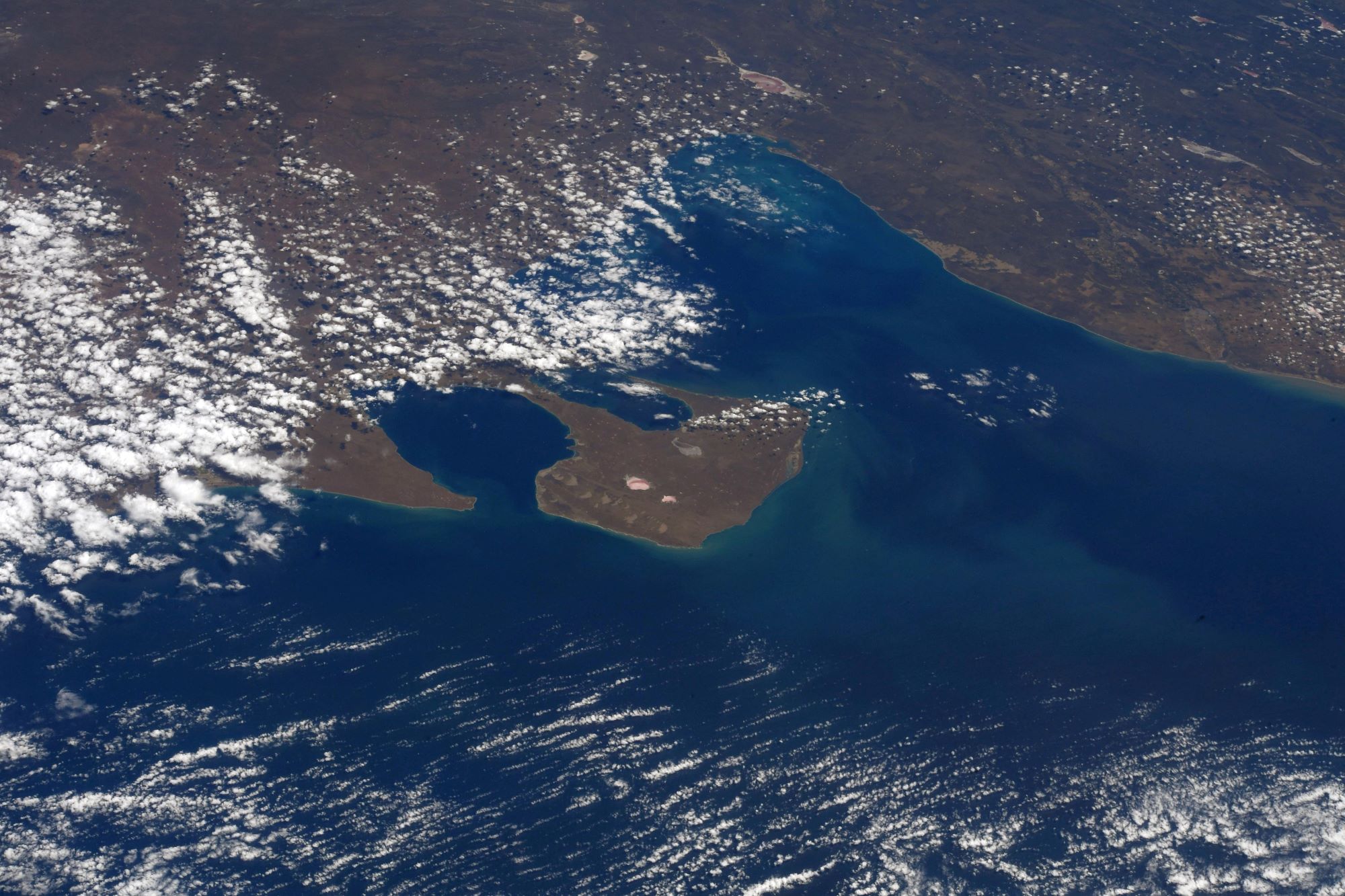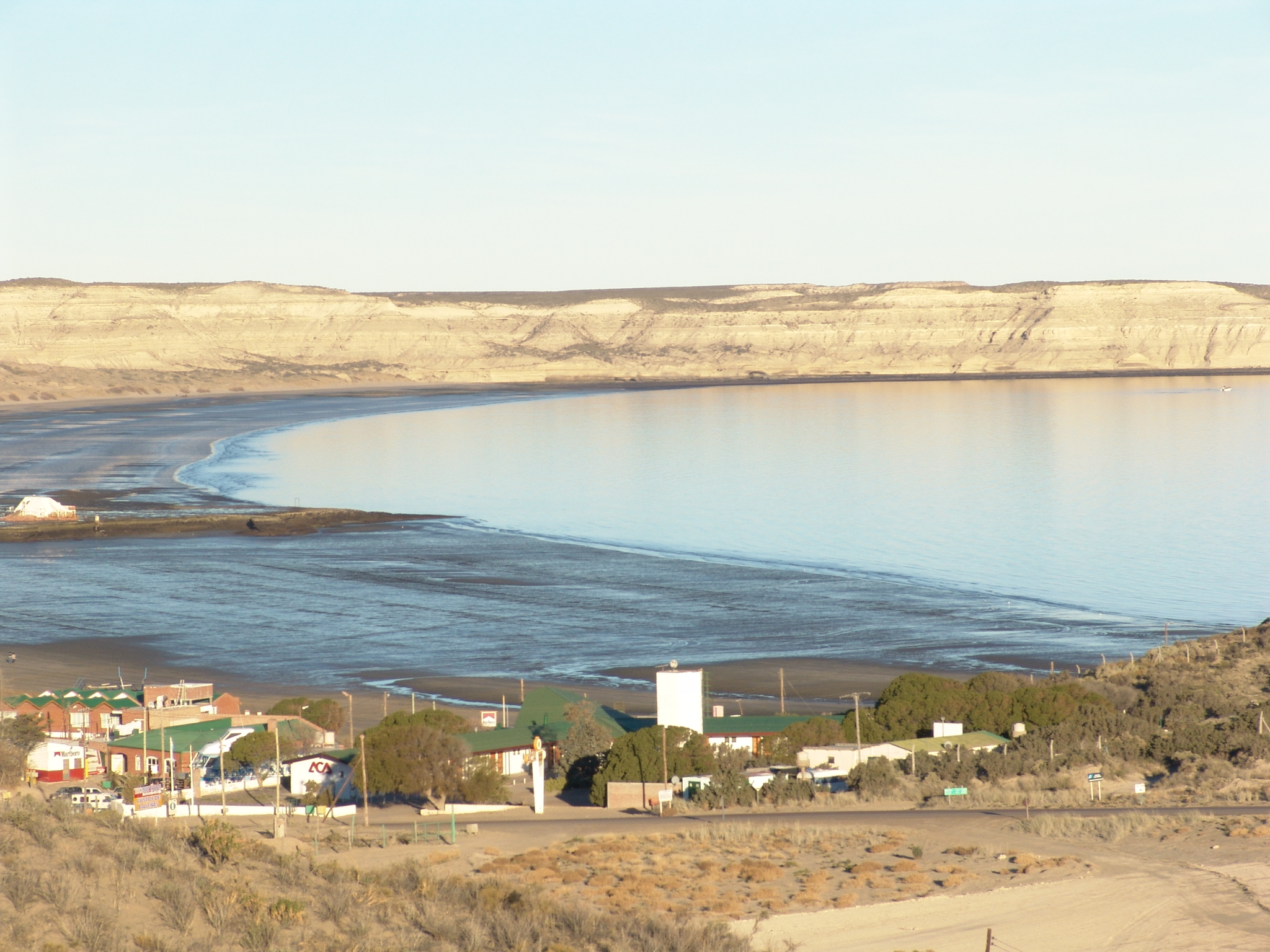[:ja]マティアス・マウラー宇宙飛行士がISSから撮影したアルゼンチンのバルデス半島です。

バルデス半島はアルゼンチンのチュブ州にある半島で、大西洋に面し、カルロス・アメギノ地峡で南アメリカ大陸本土とつながっています。特色ある動物相で知られる、長方形にも見える形をした半島で、大部分がユネスコの世界遺産に登録されています(ID937)。半島には塩湖が複数あり、しかもその最大のものは海抜よりも40mも低くなっていますが、これは、南アメリカ大陸の陸地では屈指の低さです。一帯の気候は冷涼です。また、アンデス山脈にさえぎられていることから雨が少なく、乾燥しています。気候の特色に加え、塩湖が多い地形のせいで植生はまばらですが、それらの植物が、パタゴニア地方に特有の豊かとはいえない動物相、つまりはパタゴニアウサギ(Patagonian Mara)、グアナコ、チコハイイロギツネ(Pseudalopex griseus)、スカンクなどを育んでいます。
地上の様子はこちらです。

参考文献: Matthias Maurer’s Tweet
地球俯瞰画像を見る: LiVEARTH
[Earthview Wonders] No.1676: Valdes Peninsula🇦🇷
Astronaut Matthias Maurer captured from ISS Valdes Peninsula, Argentina.

The Valdes Peninsula (Península Valdés) is a peninsula into the Atlantic Ocean in the Biedma Department of north-east Chubut Province, Argentina. It is an important nature reserve which was listed as a World Heritage Site by UNESCO in 1999. Most of the peninsula is barren land with some salt lakes. The largest of these lakes is at an elevation of about 40m below sea level. The coastline is inhabited by marine mammals, like sea lions, elephant seals and fur seals. The peninsula also contains the most important breeding ground for Southern right whales in the world. The inner part of the peninsula is inhabited by rheas, guanacos and maras. A high diversity and range of birds live in the peninsula as well; at least 181 bird species, 66 of which migratory, live in the area, including the Antarctic pigeon. (Credit: Matthias Maurer, ESA, NASA)
The local scenery on the ground is as follows.

Reference: Matthias Maurer’s Tweet
See earthview photo gallery: LiVEARTH[:]